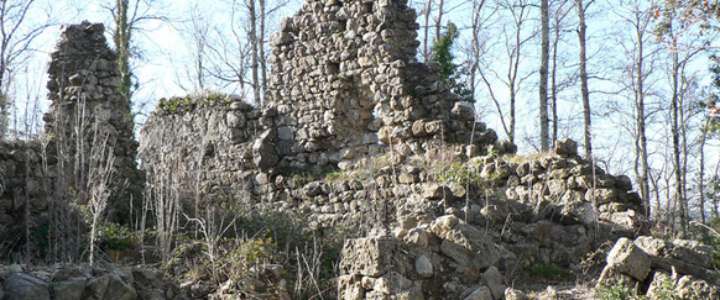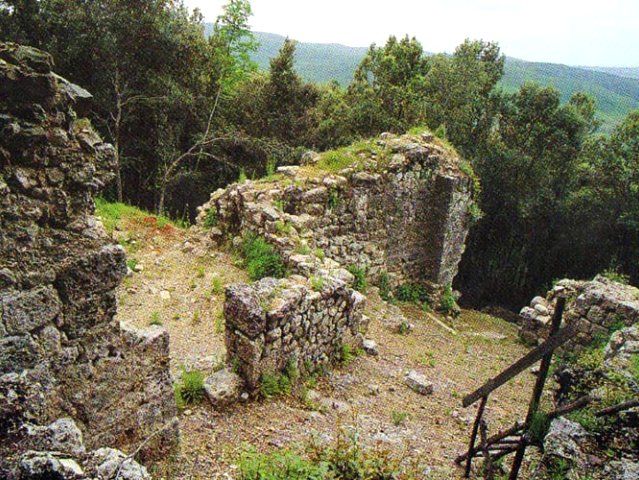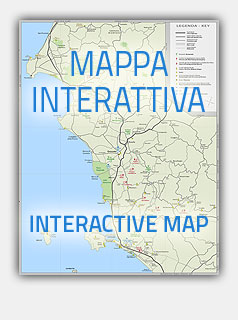
The Cugnano Castle, archaeological site of great significance in the surroundings of Monterotondo Maritime, plays a key role in the history of the Metalliferous Hills territory. Cugnano has been classified differently during the various historical epochs: “Mine” by the Etruscans, “Villa” by the Romans, “Castle” in medieval times and finally “Banned”. Cugnano is a name of Latin origin. Between 80 and 50 BC, the Consul Julius Caesar gave the order to the propraetor Orca Valerio to assign the conquered lands to every century of veterans. It’s, from the names of veterans Livius, Aprusius, Listenius and Aconianus that had born the inhabitants of Libbiano, burn, and Lustignano Cugnano.

Since the birth of the mine, it must take into account the central importance of the discovery of a rudimentary copper ingot attributed to the Bronze Age (XXIII-ninth century BC) which testifies irrefutably its activity in Etruscan times.
The medieval settlement represents an emblematic example of Mining Castle, born of the need to supervise and exploit the ore resources of the area and abandoned at the same time to the absence of economic interests linked to the mining activities of copper and silver.
The medieval settlement represents an emblematic example of Mining Castle, born of the need to supervise and exploit the ore resources of the area and abandoned at the same time to the absence of economic interests linked to the mining activities of copper and silver.






 Home
Home Home
Home